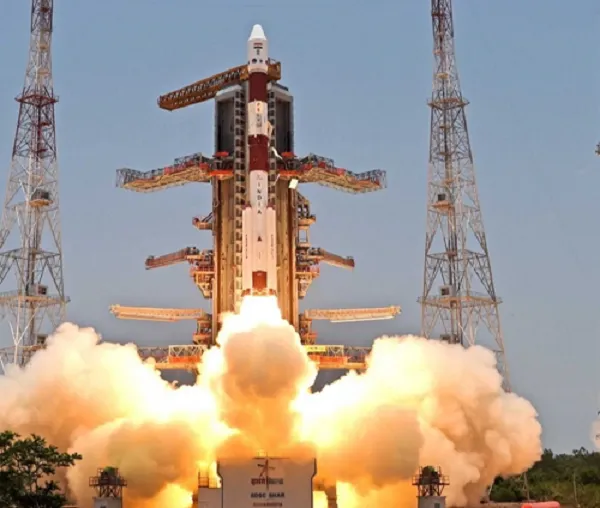
Just 10 days after landing its spacecraft Chandrayaan-3 on the lunar south pole, India successfully launched its first space-based solar observatory mission. The Aditya-L1 spacecraft, which is over 3,264 pounds and was launched by the 44.4-meter tall polar satellite launch vehicle (PSLV-XL) from the Satish Dhawan Space Centre in Sriharikota, South India, at 11:50 a.m. local time on Saturday, September 2,. The Sun is called Aditya in Sanskrit. Aditya L1 is the first Indian space mission dedicated to solar research. The Indian Space Research Organization (ISRO) started the countdown to the Aditya-L1 launch on Friday, and it will end in 23 hours and 40 minutes.
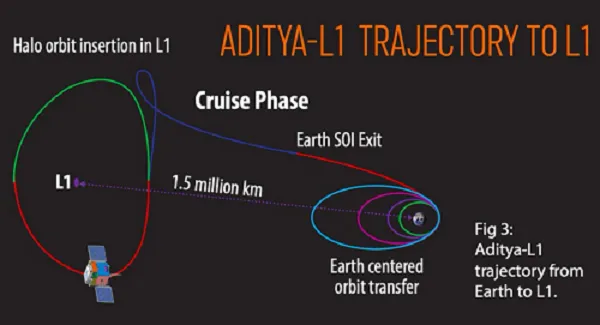
It will take 125 days (or more than four months) for the spacecraft to travel the 932,000 miles to its final destination, a halo orbit around one of five Lagrangian points between the sun and Earth that would allow it to monitor solar activity round-the-clock without being blocked by Earth. The Indian Space Research Organization (ISRO) has outfitted the Aditya-L1 spacecraft with seven different payloads, four of which are used for distant sensing and three of which are used for on-site research. It will leave Earth and traverse 1% of the distance from Earth to the Sun, or 1.5 million kilometers.
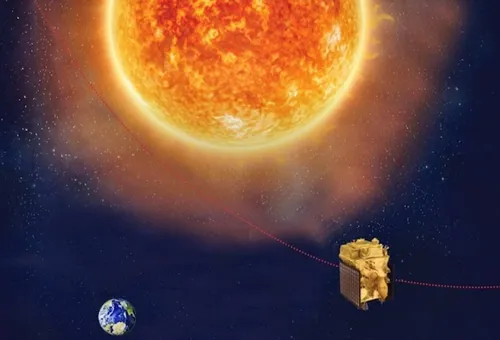
There are a number of instruments on board to gather the required data and observations, Aditya's instruments include the Solar Low Energy X-ray Spectrometer (SoLEXS), the High Energy L1 Orbiting X-ray Spectrometer (HEL1OS), the Plasma Analyser Package for Aditya (PAPA), the Aditya Solar wind Particle Experiment (ASPEX), and the Advanced Tri-axial High Resolution Digital Magnetometers. The primary goal of the PSLV-C57 mission is to monitor the influence of solar activity on space weather in real time.
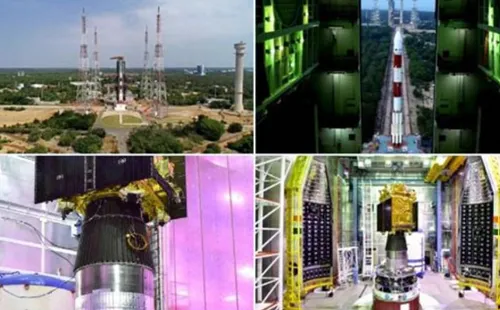
ISRO Chairman S. Somanath made the following statement after the launch: "The Aditya-L1 spacecraft has been injected in an elliptical orbit of 235 km by 19,500 km, which is as expected, very accurately by the PSLV. With the PSLV's upper stage requiring two burn sequences to inject the primary satellite, this is a one-of-a-kind mission mode. The Aditya-L1 will start its trip from here on out. After performing certain maneuvers, it will begin its trip to the L-1 location. It's an extremely long trip—almost 125 days. On September 3 at 11:45 a.m., the first maneuver to increase its orbit will take place.
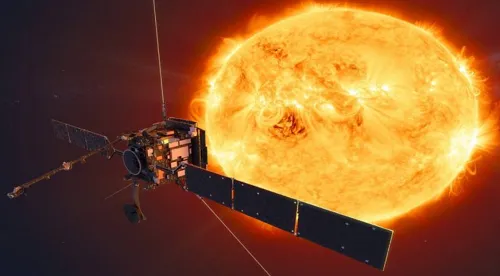
The solar photosphere, chromosphere, and corona will be investigated by the spacecraft's scientific instruments. Furthermore, at Lagrangian point L1, three devices for conducting on-site experiments will monitor the local environment. It was proposed in 2008 to investigate the solar corona, the outer layer of the sun's atmosphere, and was given the name Aditya-L1 (which means "sun" in Hindi) by the Indian government, which allocated about $46 million in 2019. To reflect its expanded scope, ISRO rebranded the project as Aditya-L1 and began using it to investigate the sun and other celestial bodies.







